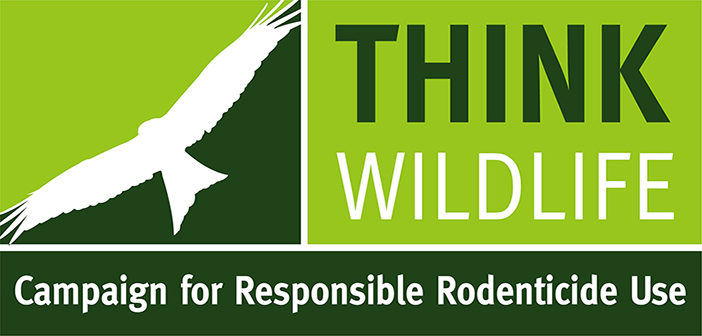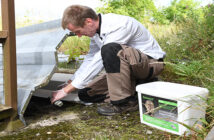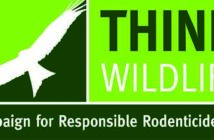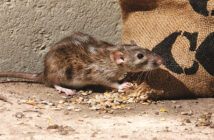To protect the future availability of high potency rodenticides to farmers, gamekeepers and pest controllers, new practical guidelines have been issued by the Campaign for Responsible Rodenticide Use UK.
CRRU chairman Dr Alan Buckle said: “The need arises because, as responsible rodenticide users already know, annual monitoring of barn owls from 2016 to 2021 finds stubbornly static rodenticide presence in nearly 90% of barn owls.
“Although not monitored so routinely, many other predator, scavenger and prey species are also known to carry rodenticide contamination. These include red kites, buzzards and kestrels, and mammals such as hedgehogs, voles and field mice.
“Clearly, it’s imperative that rodenticide use is universally in well-intentioned hands.”
The new guidelines are written for farmers, gamekeepers and pest controllers collectively, with the intention to avoid any one of them scapegoating the others. It recognises the reality, Dr Buckle said, that “all three groups have some non-compliant, off-grid members who are not enfranchised to any of the industry bodies that are so supportive of CRRU and rodenticide stewardship.”
Based on 30+ pages of detail in the full-length CRRU Code of Best Practice, the guidelines cover:
- First things first – a clear plan for control and staying legal;
- Risk hierarchy – simplest and lowest risk first;
- Non-poison – much to gain, few disadvantages;
- Bad landlord – repel or exclude unwanted residents; and
- Checklist for max impact, max cost-effectiveness, no unintended consequences.
Printed and digital copies are available free of charge as a download from the CRRU website, https://thinkwildlife.org/downloads, and from CRRU-member rodenticide suppliers.




